- Discover Episcopal
- Admission
- Our Program
- Athletics
- Arts
- Spirituality
- Student Life
- Support Episcopal
- Alumni
- Parent Support
- Knightly News
- Contact Us
- Calendar
- School Store
- Lunch Menu
- Summer Camps
« Back
Adding the QUEST Center to a Math Lesson Equates to Student Engagement
December 10th, 2020

Episcopal math lessons include everything from the latest technology to tried-and-true instruments that humans have relied upon for ages. Recently, the QUEST Center in Foster Hall has been buzzing with the sounds of students crunching numbers in some very creative ways.


Robot Racers
A sixth grade lesson on ratios and speed went well beyond calculators and textbooks. To start, students learned a lesson from the track and field playbook and ran laps around the field house track to study speed. For the culminating activity, teacher Nancy Calloway brought students to the QUEST Center’s Digital Media Lab where they used Lego Mindstorms EV3 robots to determine average speed and distance traveled. In small groups, students worked together to make observations and calculations. Calloway says the integration of technology provided the opportunity for collaboration with experienced students taking on the role of experts. “It has been a joy to see these students step up to the challenge and help others along the way,” she says.


Marking Time with Equations
As sixth graders explored speed, just across the QUEST Center eighth graders were creating equations to display the time on a clock. “During the last two or three weeks of this semester, I wanted to work on strengthening some important skills that my students would need for their Upper School classes,” says eighth grade math teacher James Moroney. “One of those skills is solving equations.” However, Moroney didn’t want to simply have students solve problems in the classroom, so he devised a creative, new way to make the lesson more engaging. For the assignment, students had to write an equation that when solved represents the number on a clock. After solving the equation, students then had to design the clock face and construct the clock with gears and hands. The clocks will later be gifted to the Episcopal teacher of their choice.
We Love Fractions In Kitchen Chemistry, fourth graders baked cookies inspired by the book “The Vanderbeekers of 141st Street” by Karina Yan Glaser. The recipe required the students to use their new knowledge of fractions as they measured out brown sugar and flour. Students also learned how to sift flour and mix dough. When discussing the project and the ½ teaspoons of this and 3 tablespoons of that, the students were confident with fractions. Once the cookies were baked, students rotated to the QUEST Center Great Hall where they used Lego bricks to build a replica of the Vanderbeeker home. It was the perfect combination for a reading and arithmetic lesson.
In Kitchen Chemistry, fourth graders baked cookies inspired by the book “The Vanderbeekers of 141st Street” by Karina Yan Glaser. The recipe required the students to use their new knowledge of fractions as they measured out brown sugar and flour. Students also learned how to sift flour and mix dough. When discussing the project and the ½ teaspoons of this and 3 tablespoons of that, the students were confident with fractions. Once the cookies were baked, students rotated to the QUEST Center Great Hall where they used Lego bricks to build a replica of the Vanderbeeker home. It was the perfect combination for a reading and arithmetic lesson.

QUEST Center Space Adds Up
“When problem solving, it is important for students to be able to experiment and test their results,” says Calloway. “Having a space where they can actually see and do the experiment and test the results in real time allows students to make conjectures, verify or refute the results and ultimately improve their ability to ‘apply’ mathematics to the real world.” With 14,000 square feet of learning space, the QUEST Center provides ample space for mathematical exploration. Calloway began using the robots last year, but she says this year the added space in the QUEST Center made a significant difference. “The QUEST Center allows for open spaces where the students are able to spread out (social distance) while still working with a partner or group to complete a hands-on task,” she says.
Moroney says the QUEST Center provides an opportunity for students to explore real world applications of math concepts such as ratios, distance and time. “One of the most important things that the QUEST Center offers to our students, especially in math, is the ability to do trial and error in problem solving,” he says. “The space that the QUEST Center provides as well as the different tools and technology in which the students are exposed allows them to experiment with mathematical (and scientific concepts) in a way that allows them to make mistakes and correct them in an incredibly engaging way.” Moroney plans to continue finding opportunities to use the space this school year. Liz Crawford, whose fourth grade class baked cookies and built houses all in one class period, appreciates the ease of conducting lessons in the facility. “The space makes it so doable,” she says in between measuring and mixing. The fourth grade lesson was appreciated by QUEST Center Coordinator Dr. Elizabeth Lewis. “This week, passing by the Chemistry Kitchen, one could hear fourth graders figuring out the difference between a teaspoon and a tablespoon, the importance of sifting flour, and how to read and to double a recipe,” she says. “Baking chocolate cookies from scratch is a delicious way to practice math skills.”
The learning and excitement that fills the QUEST Center each day is inspiring for Dr. Lewis. “My heart is full when I see students moving around our new spaces, trying different solutions to problems, tweaking their solutions when they aren’t quite right, and then testing out the revised plans until they work just right,” she says. In just a short time, Dr. Lewis and the QUEST Center have already provided a range of new learning opportunities for Lower and Middle School students. We can’t wait to see what they do during the rest of the school year!


The Episcopal School of Baton Rouge 2024-2025 application is now available! For more information on the application process, to schedule a tour, or learn more about the private school, contact us at [email protected] or 225-755-2685.
Other articles to consider
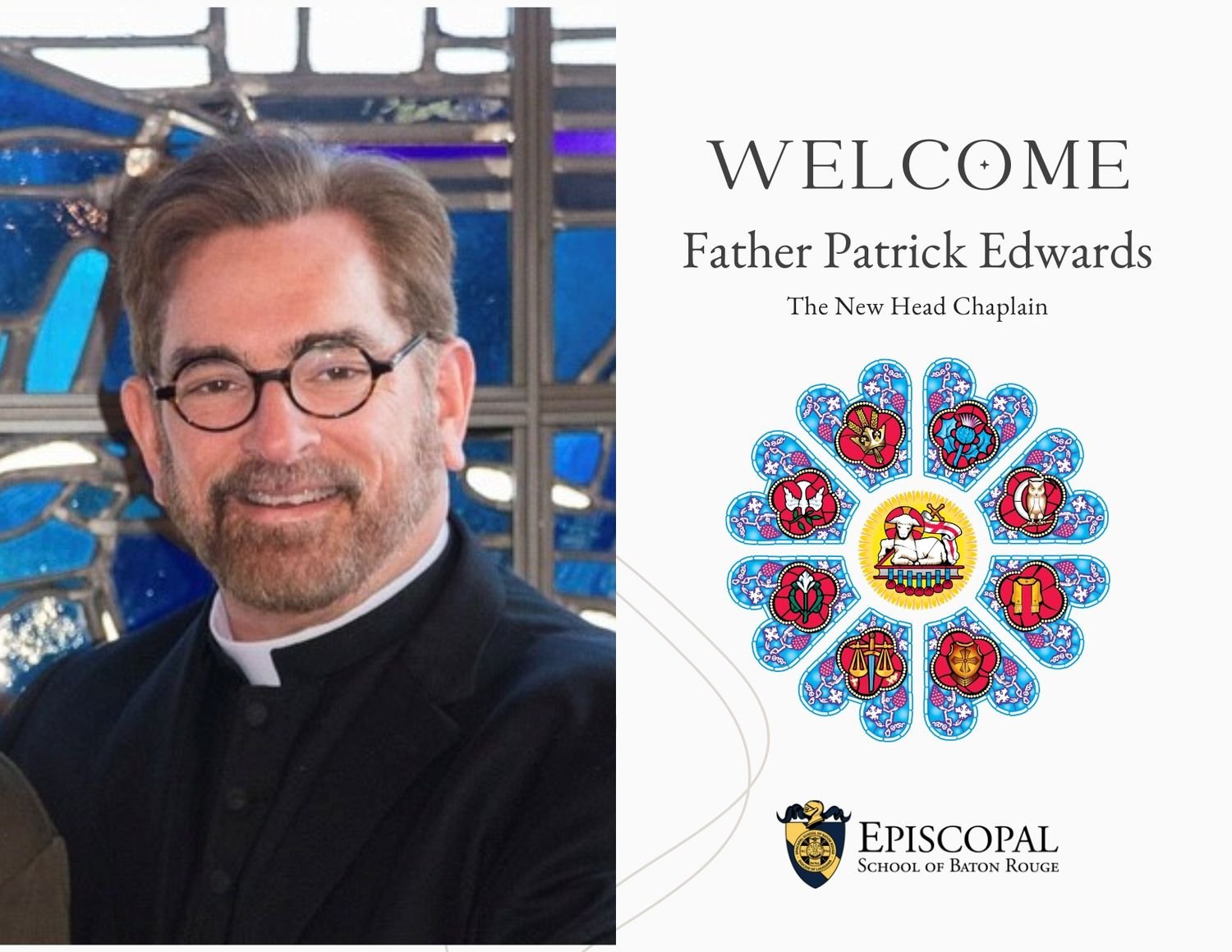 May16Episcopal Welcomes Father Patrick Edwards as New Head Chaplain
May16Episcopal Welcomes Father Patrick Edwards as New Head ChaplainLearn more about new Episcopal Head Chaplain Father Patrick Edwards.
See Details May16Lower School Happenings - May 2024
May16Lower School Happenings - May 2024There's excitement and joy in Lower School as students wrap up the school year. Check out the latest projects.
See Details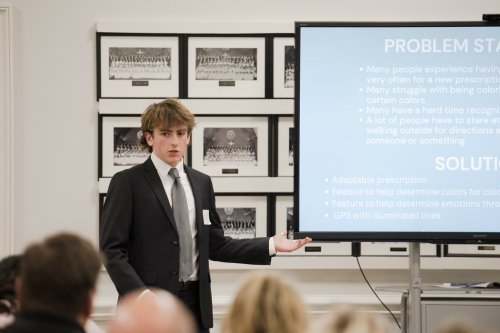 May16Future Business Leaders Benefit from Spring Lessons/Community Support
May16Future Business Leaders Benefit from Spring Lessons/Community SupportEpiscopal students participated in two real-world learning experiences – the What’s Your Bright Idea? Episcopal Pitch Contest and the annual Burkenroad Reports Investment Conference.
See Details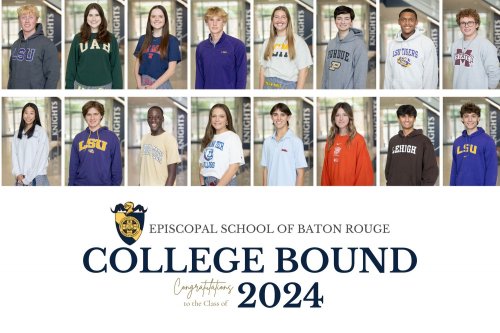 May8College Announcements 5.10.24
May8College Announcements 5.10.24Please join us in congratulating members of the Class of 2024 as they announce their college enrollment decisions.
See Details
Categories
- All
- Admission
- Athletics
- College Bound 2019
- College Bound 2020
- College Bound 2021
- College Bound 2022
- College Bound 2023
- College Bound 2024
- Counselors Corner
- Episcopal Alumni
- Giving
- Head Of School
- Lower School
- Middle School
- Spirituality And Service
- Student Work
- The Teachers' Lounge
- Upper School
- Visual And Performing Arts
Recent Articles
- 05/16/24Episcopal Welcomes Father Patrick Edwards as New Head Chaplain
- 05/16/24Lower School Happenings - May 2024
- 05/16/24Future Business Leaders Benefit from Spring Lessons/Community Support
- 05/8/24College Announcements 5.10.24
- 05/7/24Episcopal's Addisyn Botos Will Continue Track & Field at Southern Miss
- 05/7/24Spring Sports Success!
- 05/3/24Episcopal Audiences Wowed by "The Children of Willesden Lane"
- 05/3/24Service Learning & Community Impact Students Share Thoughts on Earth Day
- 05/2/242024 Mums of Alums Luncheon Draws Large Crowd of Supportive Mums
- 05/2/24College Announcements 5.3.24








